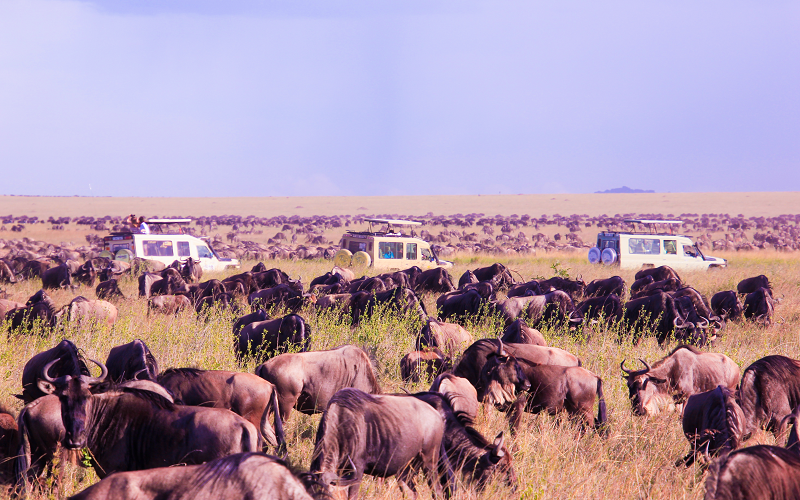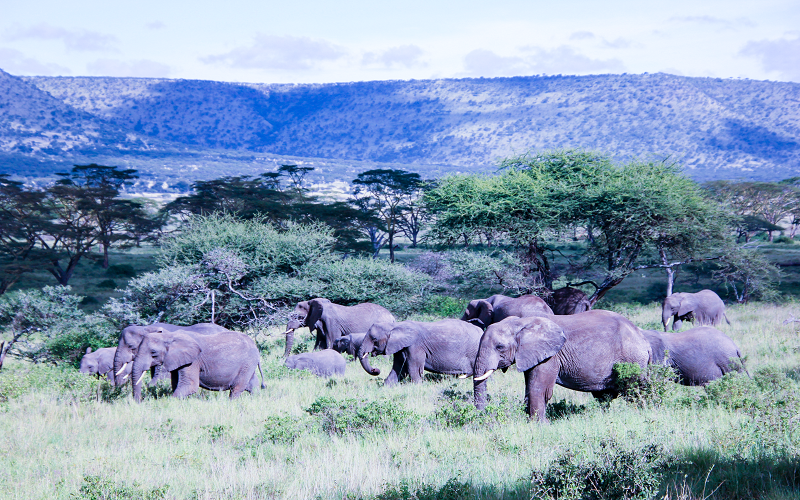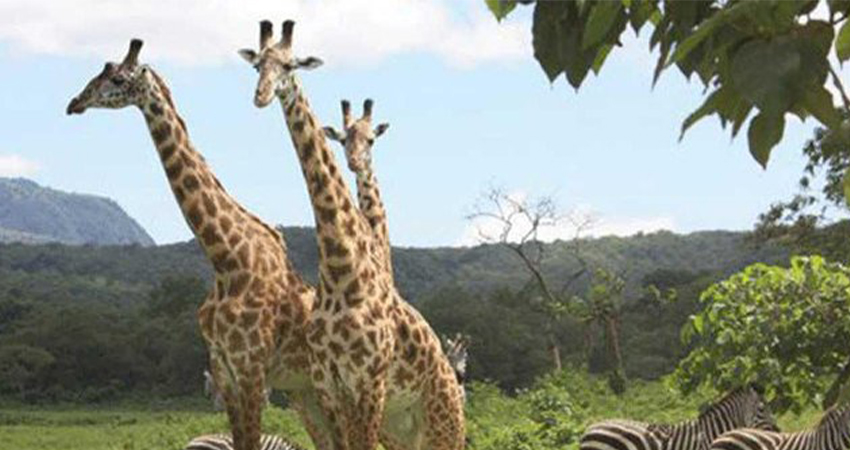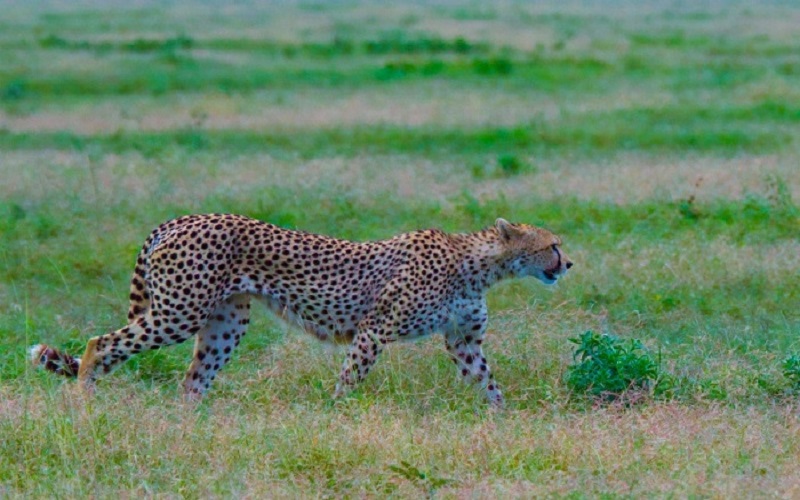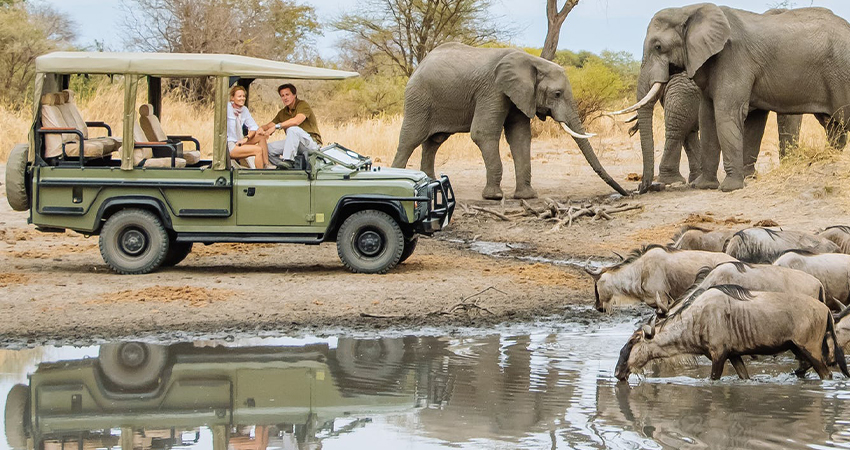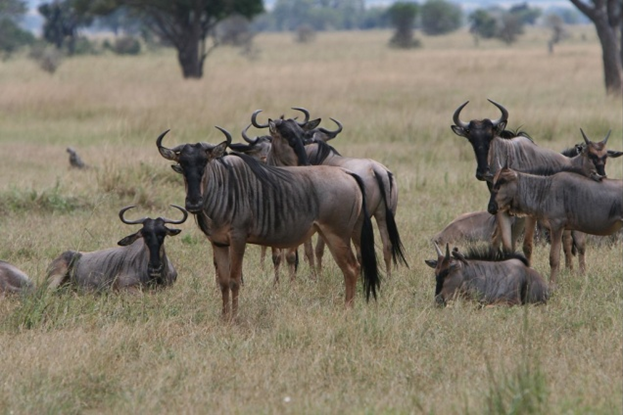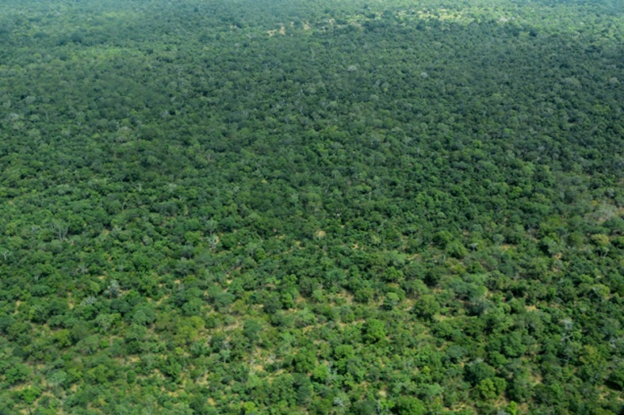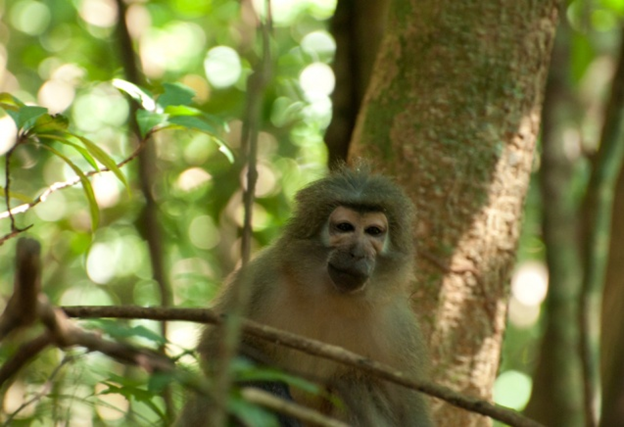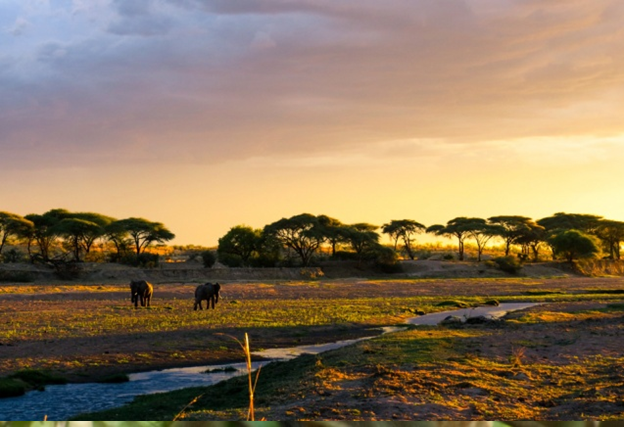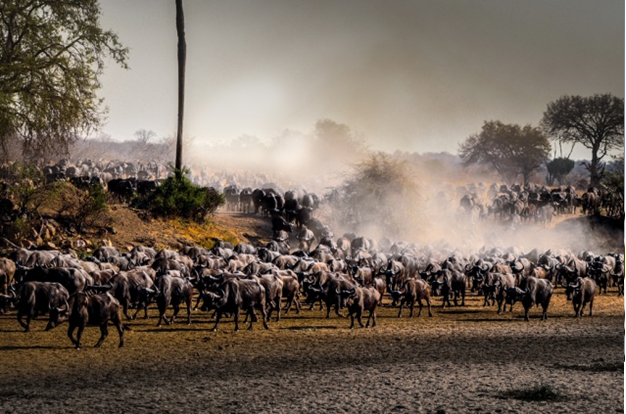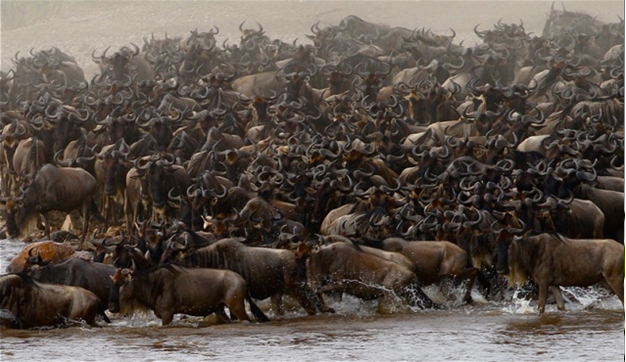- Home
-
Destination
The Northern Circuit is known for Tanzania’s most world famous parks and includes the Serengeti, Ngorongoro Crater, Kilimanjaro National Park, Lake Manyara, Tarangire National Park, Arusha National Park, Olduvai Gorge, and Mkomazi National Park.
Read moreThe lesser-trodden Southern Circuit includes the Selous Game Reserve, the Udzungwa Mountains, Mikumi, and Ruaha National Parks, Saadani National Park, Mnazi Bay-Ruvuma Estuary Marine Park, and Kitulu National Park.
Read moreThe remote Western Circuit consists of Katavi National Park, Mahale National Park, and Gombe Stream National Park. Click here to learn more about these parks and see sample itineraries.
Read moreThe Eastern Circuit – Zone consist the Sadaani National Park, Mikuni Mational Park, Udzungwa Mountain National Park and Nyerere national Park. The Saadan National Park is often referred to as the destination where bush meets the beach; it is the only national park in Tanzania bordering the sea.
Read more -
Packages
The quality of your experience is our number one priority and above all,our fied experience is what makes us Unique.On this tour you get unparalled access to Famous Tanzania National Parks.
Read more -
All Pages
Home pages
TANZANIA SAFARI
serengeti migration
KILIMANJARO CLIMBING
zanzibar
Meru climbing
- About us
MAIN PACKAGES
TANZANIA SAFARI
SERENGETI MIGRATION
KILIMANJARO CLIMBING
- 5 days Marangu Route
- 6 Days Marangu Route
- 6 Days MAchame Route
- 7 Days Machame Route
- 6 Days Lemosho Route
- 7 Days Lemosho Route
- 8 Days Lemosho Route
- 6 days Rongai Route
- 7 days Rongai Route
- 8 days Rongai Route
- 6 Days Umbwe Route
- 7 Days umbwe Route
- 9 days Northern circuit
- 10 Days Northern circuit


